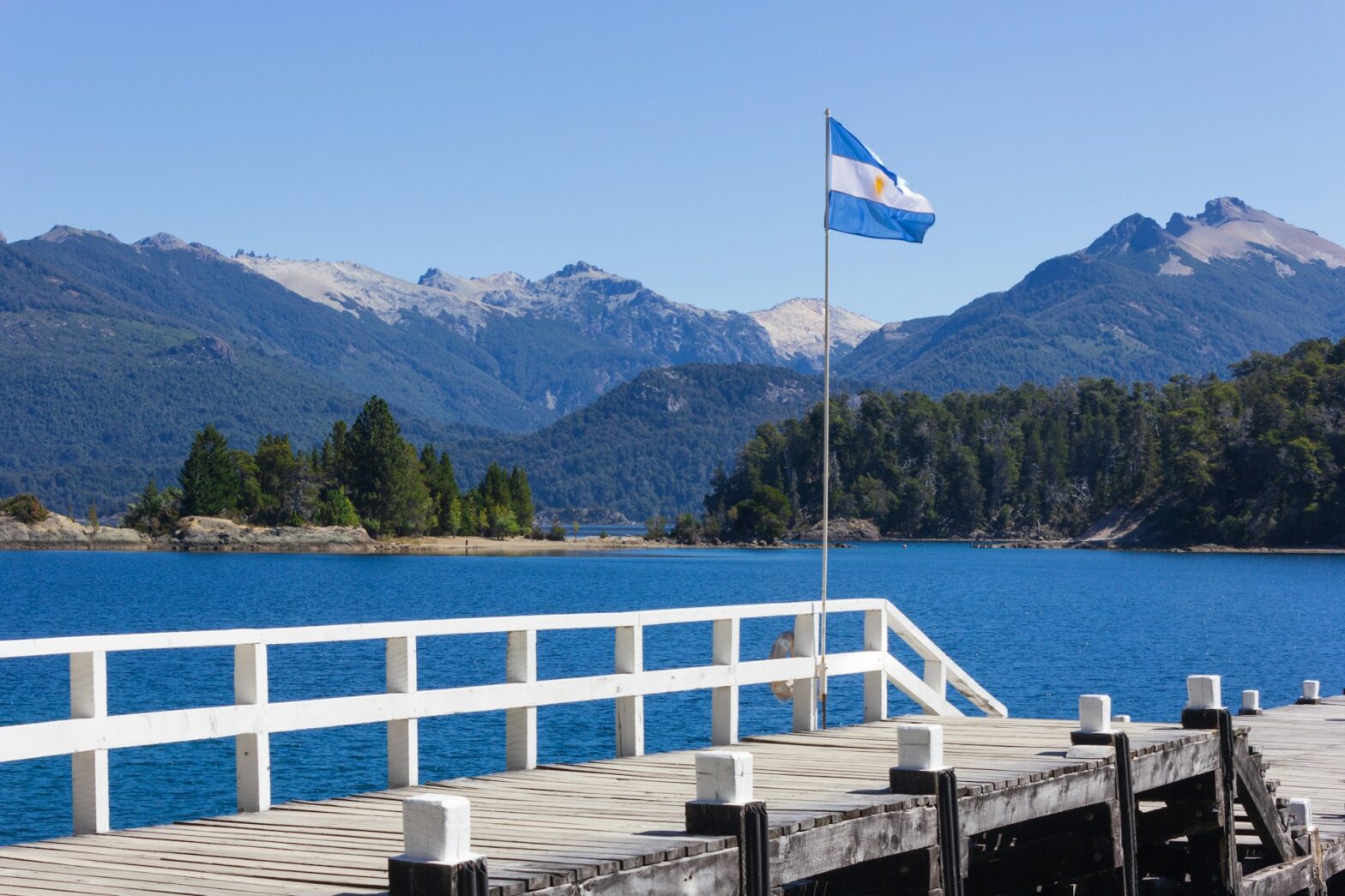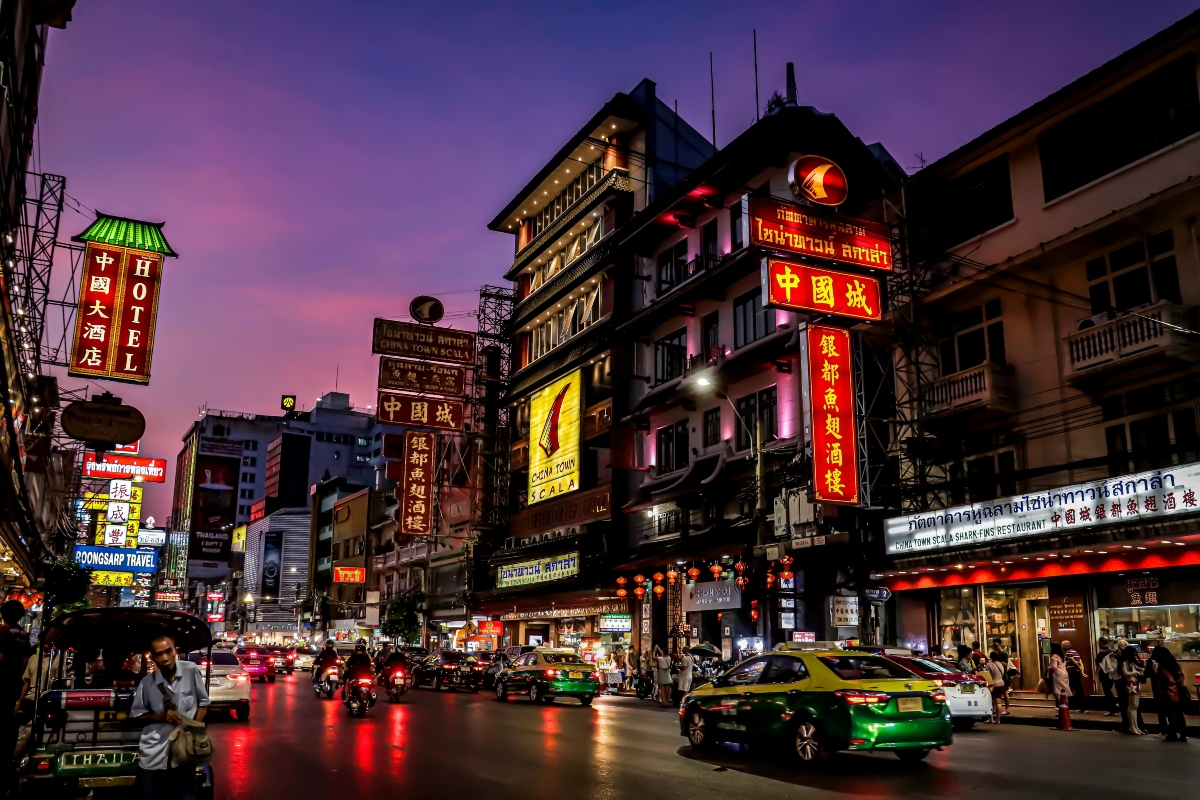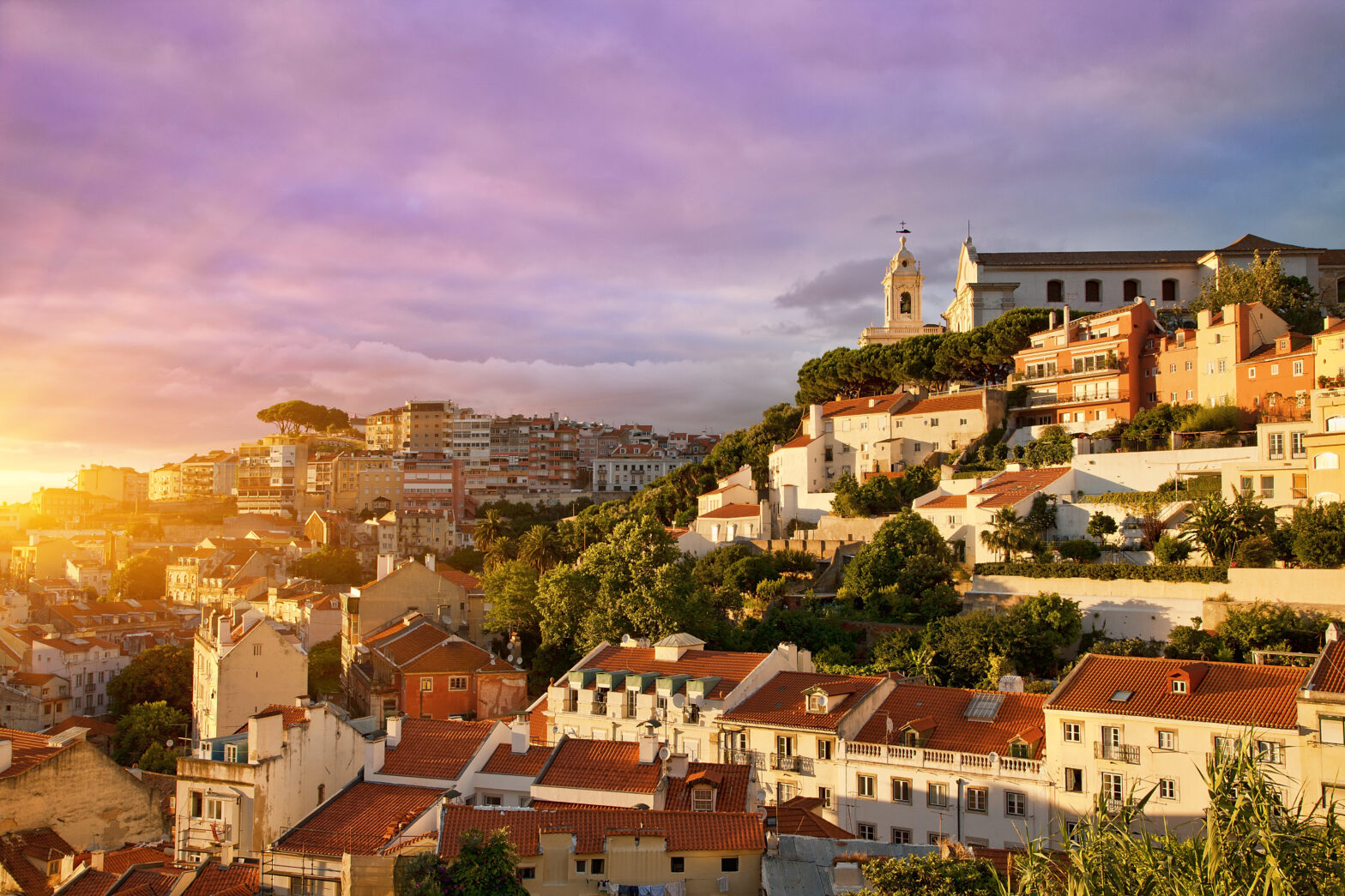Argentina is a captivating destination that draws adventure seekers from across the globe. It is the second largest country in South American and is famed for its passionate tango, sizzling grilled beef, and the stunning peaks of Patagonia, this South American jewel entices with diverse natural and cultural wonders.
Yet beyond the obvious draws, Argentina harbors endless surprises for those who take time to wander off the beaten path. Quirky geography, progressive policies, and globally minded locals reveal unique charms. For example, Argentina boasts a diverse and inclusive community, its healthcare system is incredibly progressive, and it also contains the longest stretch of highway in the world.
Whether drinking Malbecs in the colorful La Boca neighborhood of Buenos Aires or hearing live folk music in historic Salta, travelers find magic in Argentina’s little-known facets. These 20 fun and interesting facts about Argentina make it a must-see location for your next vacation.
Argentina Has a Ghost Town That Just Resurfaced 15 Years Ago

Ghost towns are nothing new, likewise submerged towns are also incredibly common around the world. But in Argentina, there’s a town known as Villa Epecuén that recently resurfaced in 2009 after spending 25 years under water. Villa Epecuén was a lakeside resort town that bordered Laguna (lake) Epecuén a saltwater lake that was considered a must-visit spot for the salty water’s restorative powers. However, there were no outlets for the lake — but there was a nearby dyke to prevent the lake from flooding the town. So, any time it rained, the lake grew until eventually the dyke burst in 1985 and the town was submerged under 33 feet of salt water. However droughts eventually dried out the overflowed lake, leading to the town reappearing.
Argentina is Known for Diverse Wildlife
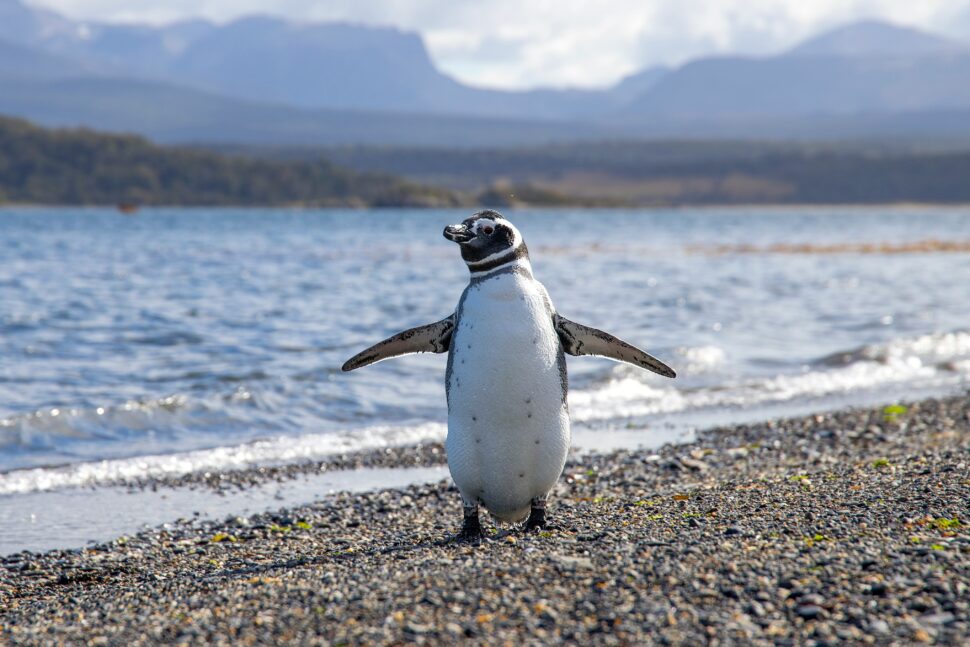
With a nation that stretches from warm sub-tropic regions to chilly antarctic zones, Argentina has incredibly diverse wildlife. It’s considered one of the most biodiverse places in the world. The nation covers 15 continental zones, has an Antarctic region, and also includes two marine regions. The terrain of Argentina includes plains, deserts, tundra, and forests, as well as tall mountains, rivers, and thousands of miles of ocean shoreline. Each of these areas are home to hundreds of different land and aquatic animal species. So tourists and locals can spot everything from whales to penguins, sea lions and more.
Argentina is the Third Largest Honey Producer in the World

According to records, in 2021 alone, Argentina produced and exported an astounding 75,000 tons of honey. That puts the South American nation third in line behind New Zealand and China respectively. Specifically, the nation’s honey is a coveted export because of its high quality. Most Argentinian beekeepers are located in the province Santiago del Estero where the pure air and biodiversity of the region often called “Gran Chaco” are responsible for the high-quality honey. Flowers from plants native to the area like the atamisqui, the algarrobo blanco and the quebracho colorado are not only beautiful, but essential to the making of the honey.
Buenos Aires is Considered the Paris of the South
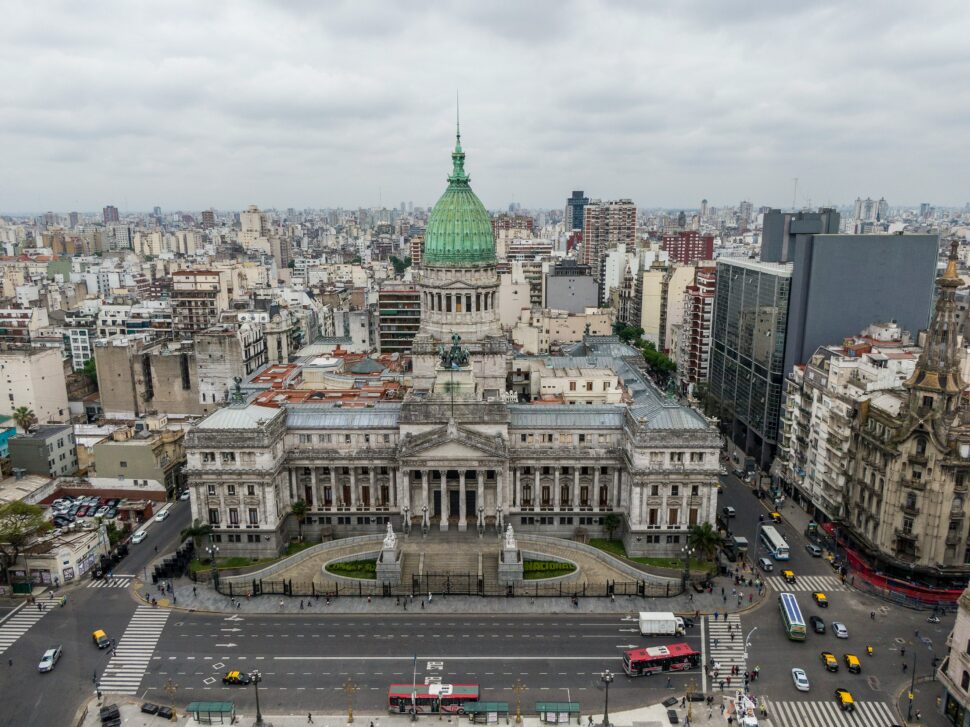
Buenos Aires isn’t just the capital of Argentina, it’s a historical bastion for the country. It’s the fifth most populous city in the Americas with 13.8 million people living within its borders, and is classified as an Alpha global city. But the reason it’s often referred to as the Paris of the South is because of the decidedly European architecture found throughout the city. Likewise, a high concentration of quaint cafes, a solid foodie culture, and countless museums makes it a cultural draw for the region and western hemisphere.
Spanish Isn’t the Only Language Spoken in Argentina

Yes, Spanish is the official language of Argentina. But thanks to many indigenous and immigration waves, there are many other languages that are commonly spoken. Don’t be surprised to hear German, English and Italian spoken, as well as several indigenous languages like Quechua, Guarani, and Mapudungun.
Argentina Has the Largest Muslim and Jewish Communities in Latin America
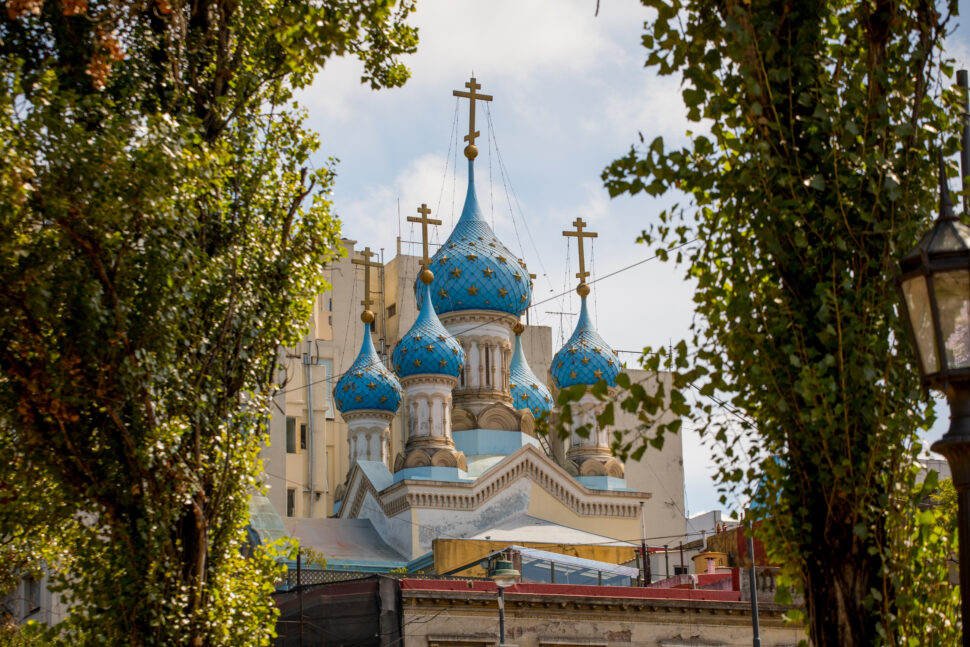
Although Catholicism is the dominant religion in Argentina, the nation is known for being religiously tolerant. Specifically, there are plenty of religiously diverse enclaves including Judaism, Islam, several Protestant sects including evangelical, Jehovah’s Witnesses, and Mormons, and smaller religious groups such as Buddhists. Specifically, Argentina has the distinction of housing the largest Muslim and Jewish communities in Latin America. Specifically, the nation has the seventh largest Jewish community in the world.
The Nation Was Once Known for Silver Mining

People might be surprised to learn that Argentina’s nickname is “The Land of Silver.” This actually comes from the nation’s storied history of silver mining. In fact, the name “Argentina” gets its roots from the Latin word “argentum” which means silver. Much of this mining occurred during the colonial period when the land was under Spanish rule. While silver mining is no longer a main economic driver for Argentina, it still retains its historic nickname.
There’s a Growing Glacier in Argentina

Yes, climate change and glacier melts are a serious concern. But in Argentina, there’s a reverse phenomenon known as the Perito Moreno Glacier. While most places are concerned about glacial decline, the Perito Moreno Glacier grows by as much as 6.5 feet per day. It’s also the third-largest reserve for fresh water in the world, making it an important part of the world’s ecosystem.
Argentina’s National Sport is Pato

Most people would assume that soccer is the national sport of Argentina — given the popularity for the game across Latin America. However, it’s not. Instead, the official national sport is a game called “pato.” The best way to describe this game is if people combined polo and basketball. To participate, players must ride on horseback while attempting to get the “pato” object through a netted hoop to earn points.
The Highest and Lowest Points in the Western and Southern Hemispheres
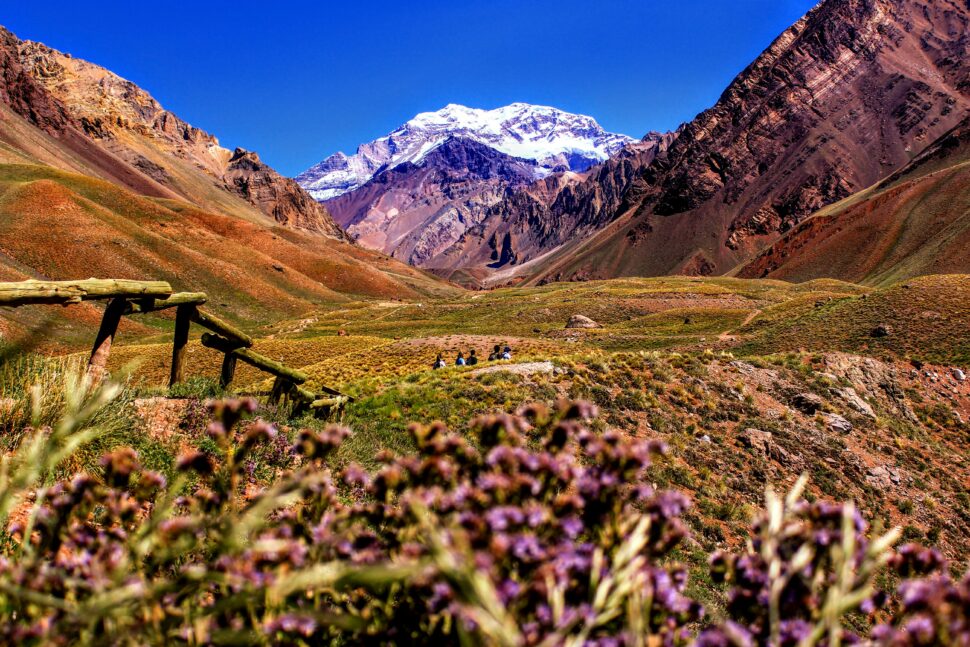
With only 12 countries across South America, Argentina is the second largest after Brazil and the fourth largest across the Americas (north, south, and central). It borders Chile, the long skinny country that runs along the western side of South America. So, it sits in both the western and southern hemispheres. Geography buffs know that the Andes is one of the main formations that runs the length of the country. But what many people might not know is that the South American nation contains both the highest and lowest points for two hemispheres.
Anconcagua mountain is a part of the Andes that sits almost 23,000 feet above see level, making it the tallest point across the Americas (the western hemisphere), and the highest mountain in the southern hemisphere since Argentina is located below the equator. But, the nation is also home to Laguna del Carbón, a salt lake that’s the lowest point in Argentina as well as the western and southern hemispheres at 344 feet below sea level.
Argentina Is a Trail Blazer for Human Rights and the Environment

Argentina has carved a distinct identity as a trailblazer in progressive ideals. Its unwavering commitment to human rights and environmental conservation stands as a global beacon. This includes being the first South American country to legalize same-sex marriage in 2010 and putting gender laws into place to protect transgender individuals.
Additionally, Argentina has implemented groundbreaking environmental practices and encourages citizens and travelers to do their part. The government continues to work with private organizations to promote the conservation and cleanliness of freshwater systems, functional agricultural systems and the protection of Argentina’s forestland.
It’s the Birthplace of the Tango

The sultry, impassioned dance form known as the tango finds its roots in Argentina’s cultural landscape. Originating in the working-class neighborhoods of formerly enslaved persons in Buenos Aires in the late 19th century, the tango’s magnetic allure has transcended borders to become a global symbol of passion and expression. It is thought to be a combination of various African dances, flamenco, polka, and other cultural dances, making it a uniquely Argentine dance reflective of the country’s diverse cultural influences and fusion.
Argentina Has the Southernmost City in the World
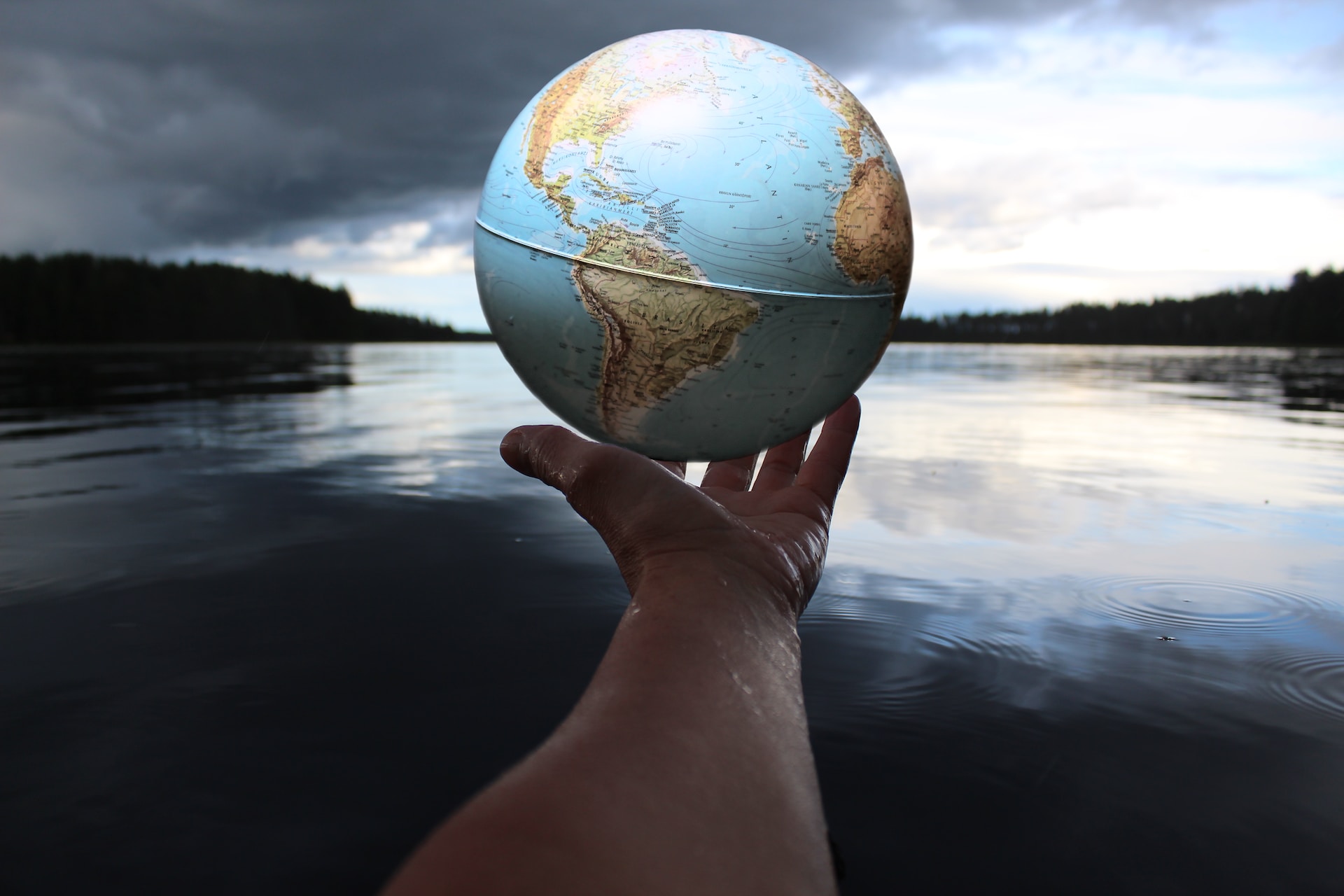
Argentina has a unique, awe-inspiring title of hosting the southernmost city in the world: Ushuaia. Nestled in the Tierra del Fuego archipelago, this city offers unparalleled views and serves as the closest gateway to Antarctica, creating a view you can not get from any other part of the world.
The Pan-American Highway’s Longest Segment Is in Argentina
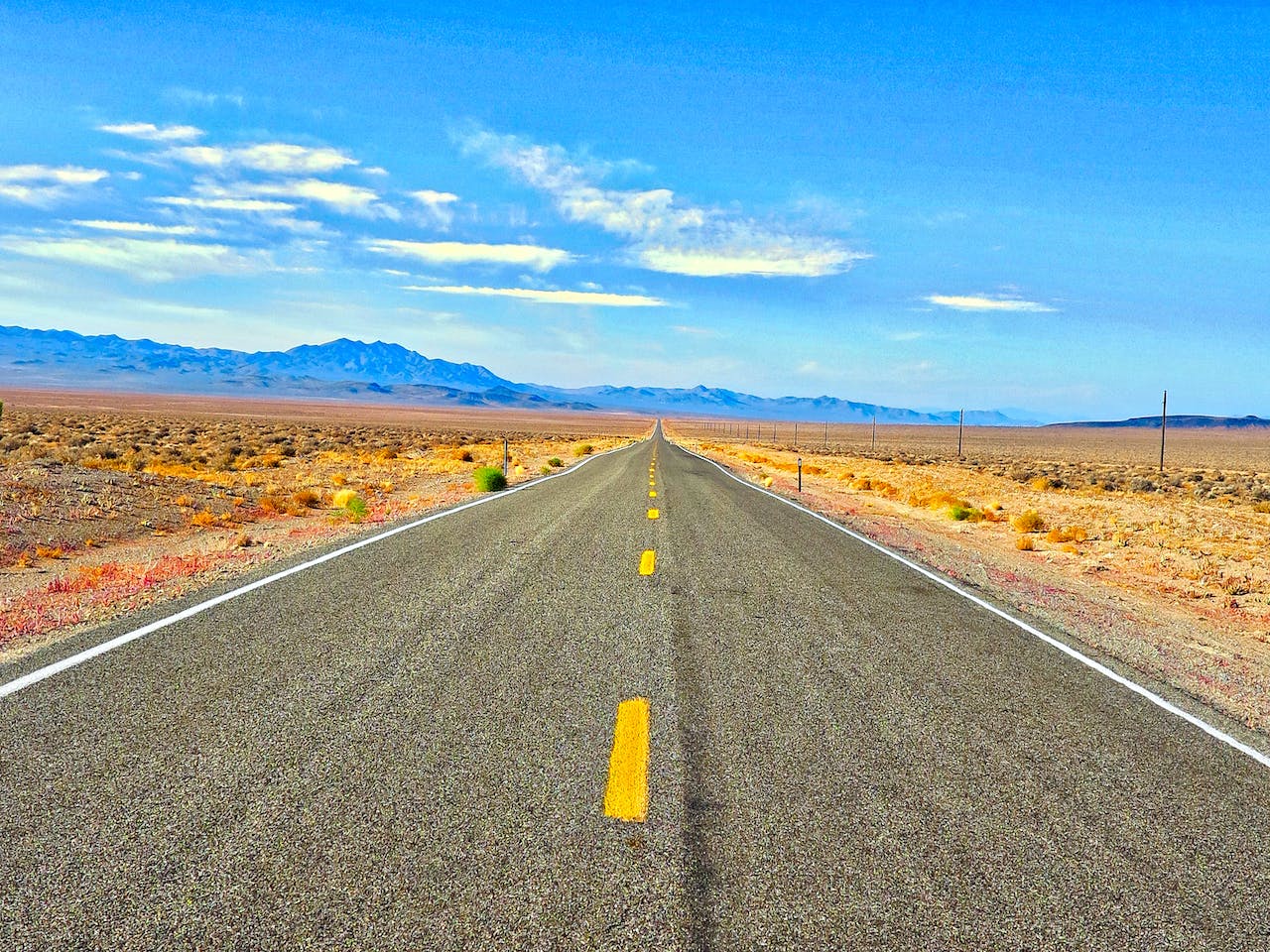
The Pan-American Highway is the longest in the world. It stretches from Prudhoe Bay, Alaska all the way to the southern tip of Ushuaia. Brilliant Maps reported that this road is 48,000 kilometers (30,000 miles). It is technically not possible to drive along this highway continuously from top to bottom as there is the 100 mile-long Darién Gap between Panama City and Turbo, Colombia. However, it is still possible to drive along the giant road and pass through the 14 countries it spans across, with its longest segment being within Argentina.
Argentina Has the Highest Density of Therapists

Argentina has the distinction of having the highest concentration of psychologists per capita globally. The UK site Prescient reported that over 60,000 psychotherapists are working in Buenos Aires alone, which led to the city being coined the psychoanalytical capital of the world. Access varies from each city in Argentina, but Buenos Aires citizens are rarely in short supply of therapy options. This prevalence of mental health professionals underscores the nation’s commitment to holistic well-being and fostering mental health awareness.
Antarctica’s First Native Is of Argentinian Descent
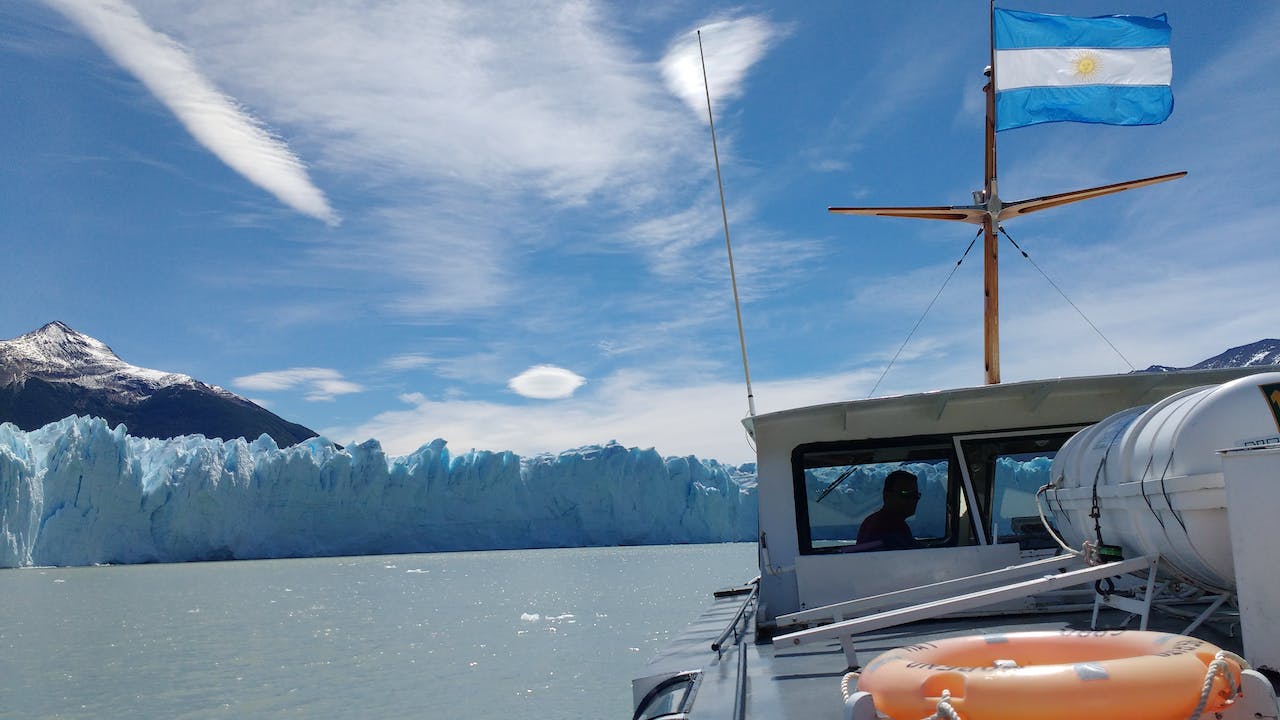
The monumental feat of being the first person born in Antarctica belongs to an Argentine named Emilio Marcos Palma. This historic birth took place in the Argentine Antarctic base where Palma’s mother, Silvia Morella de Palma, was sent when she was seven months into her pregnancy with Emilio. Her trip to the base was intentional as Argentina wanted to strengthen its claim on a portion of the continent through the birth. However, Argentina still does not have an official claim to the continent, nor is it owned by any other country.
Argentina Gave Birth To a World Leader

The esteemed current pope and first South American pope in centuries, Pope Francis, hails from Buenos Aires, Argentina. However, the interesting part that makes this fact even more worthy of being among these 10 fun facts about Argentina is that Pope Francis used to work as a nightclub bouncer while living there. Newsweek reported that Pope Francis told this to a small group of people early after he assumed the position of spiritual leader of the Roman Catholic Church. It was one of the many odd jobs he worked to afford higher education in religious studies. While there is nothing wrong with working as a nightclub bouncer, it is hard to picture that role being filled by the highest official in the Roman Catholic Church.
Fossils of the Largest Known Dinosaur Were Found There

Argentina’s vast expanses hold the fossilized remains of the largest dinosaur ever discovered on Earth. They were first discovered by a farm worker. The dinosaur discovered was a Patagotitan mayorum that is believed to have lived during the late Cretaceous period. This type of dinosaur is believed to have been a plant-eater with a long neck, living near the end of the Jurassic period.
UNESCO Placed Its Stamp on Argentina’s Moon Valley

Argentina’s Moon Valley, known as Ischigualasto Provincial Park, has been granted UNESCO World Heritage status. This otherworldly landscape, with its lunar-like terrain and fossil-rich expanse, offers a glimpse into the Earth’s ancient history, captivating visitors with its mystique. The name Moon Alley comes from the park’s shape but also its moon-like features.
Argentina Has World-renowned Wine

The last of these facts about Argentina has to do with one of the country’s most treasured assets: its wine. Argentina’s vineyards yield some of the finest varieties and it is renowned globally for its exceptional wine production, including Malbec. The country’s unique terroir, coupled with centuries-old winemaking traditions, cements its reputation as a premier destination for oenophiles.
